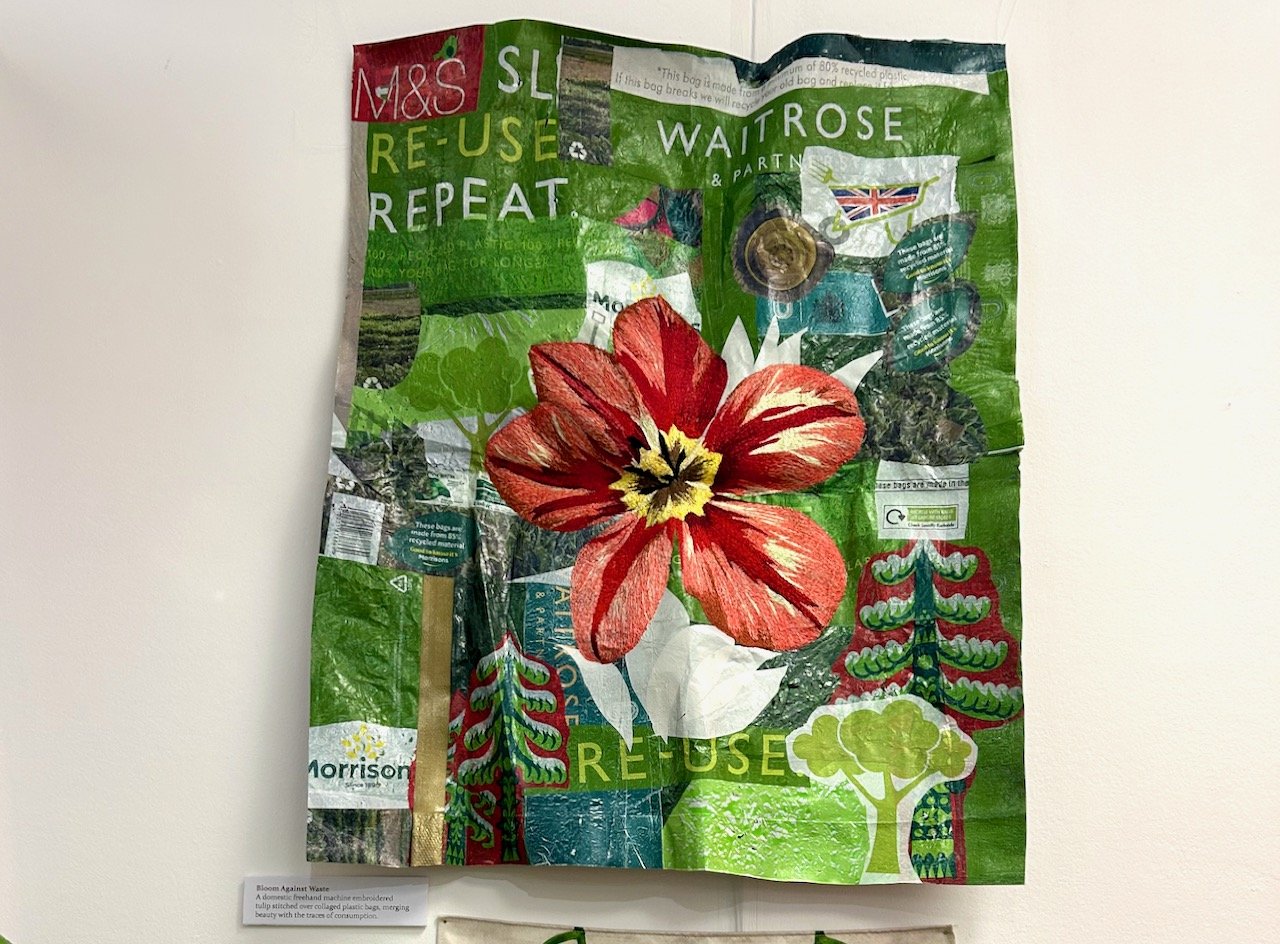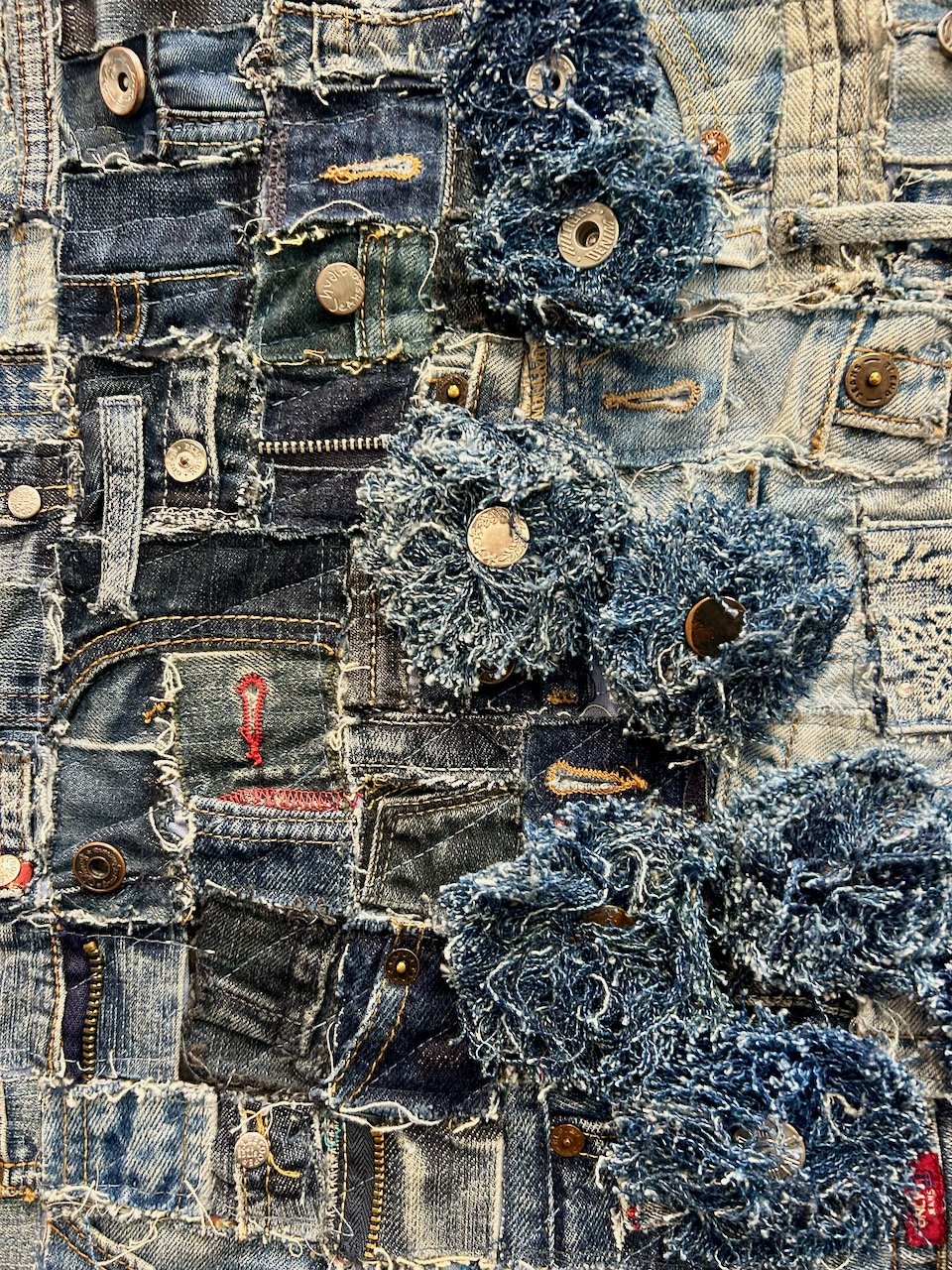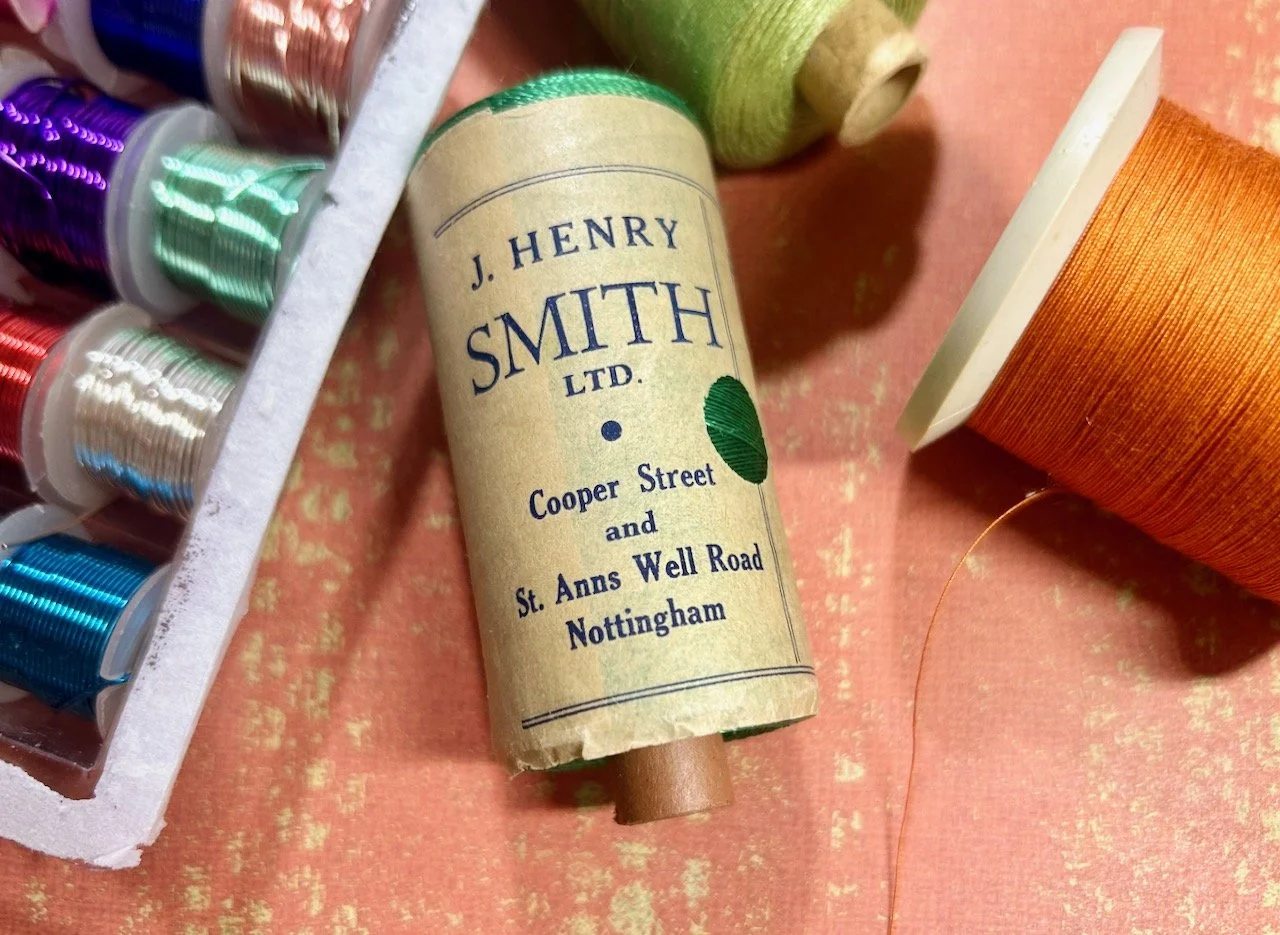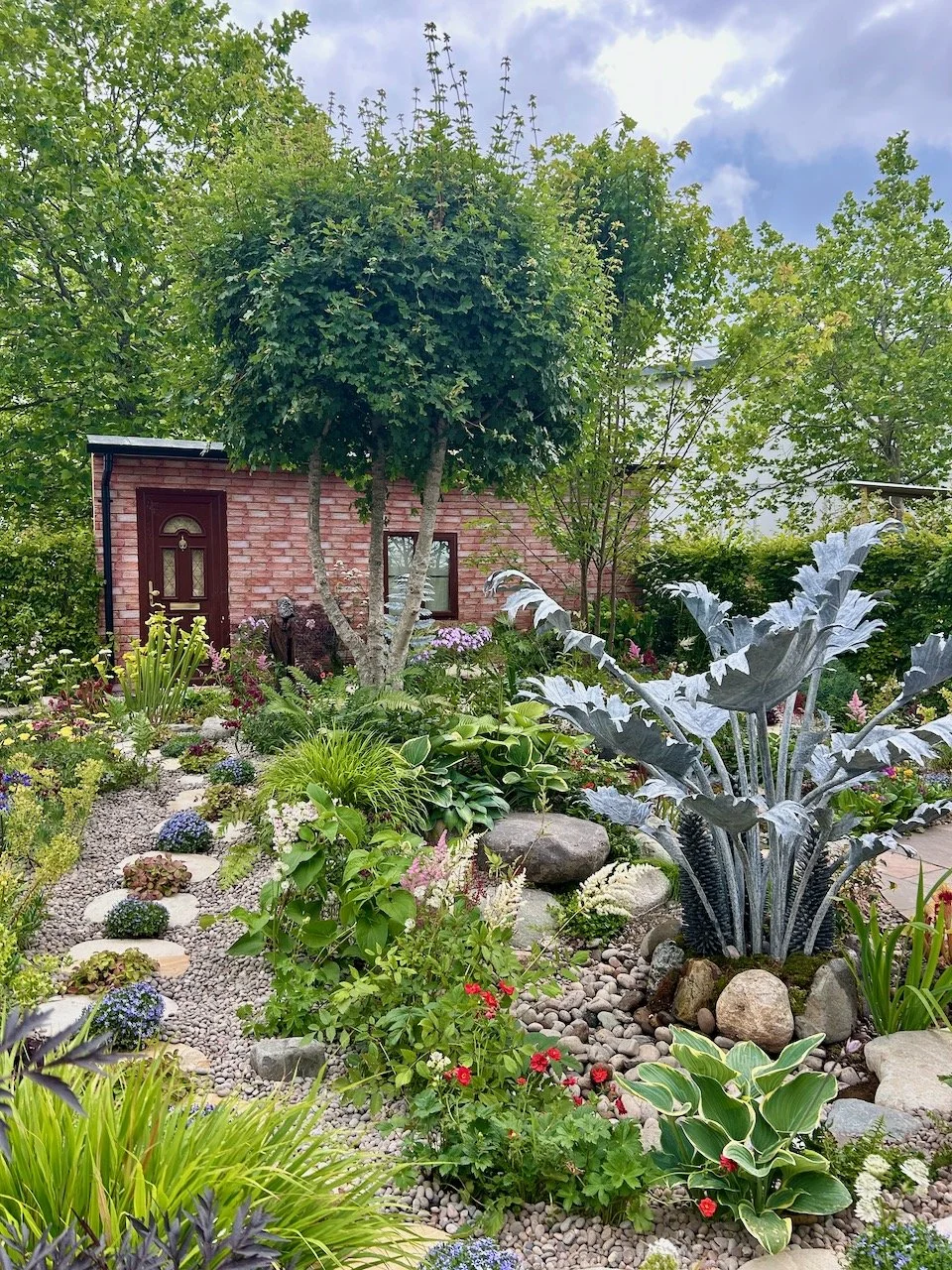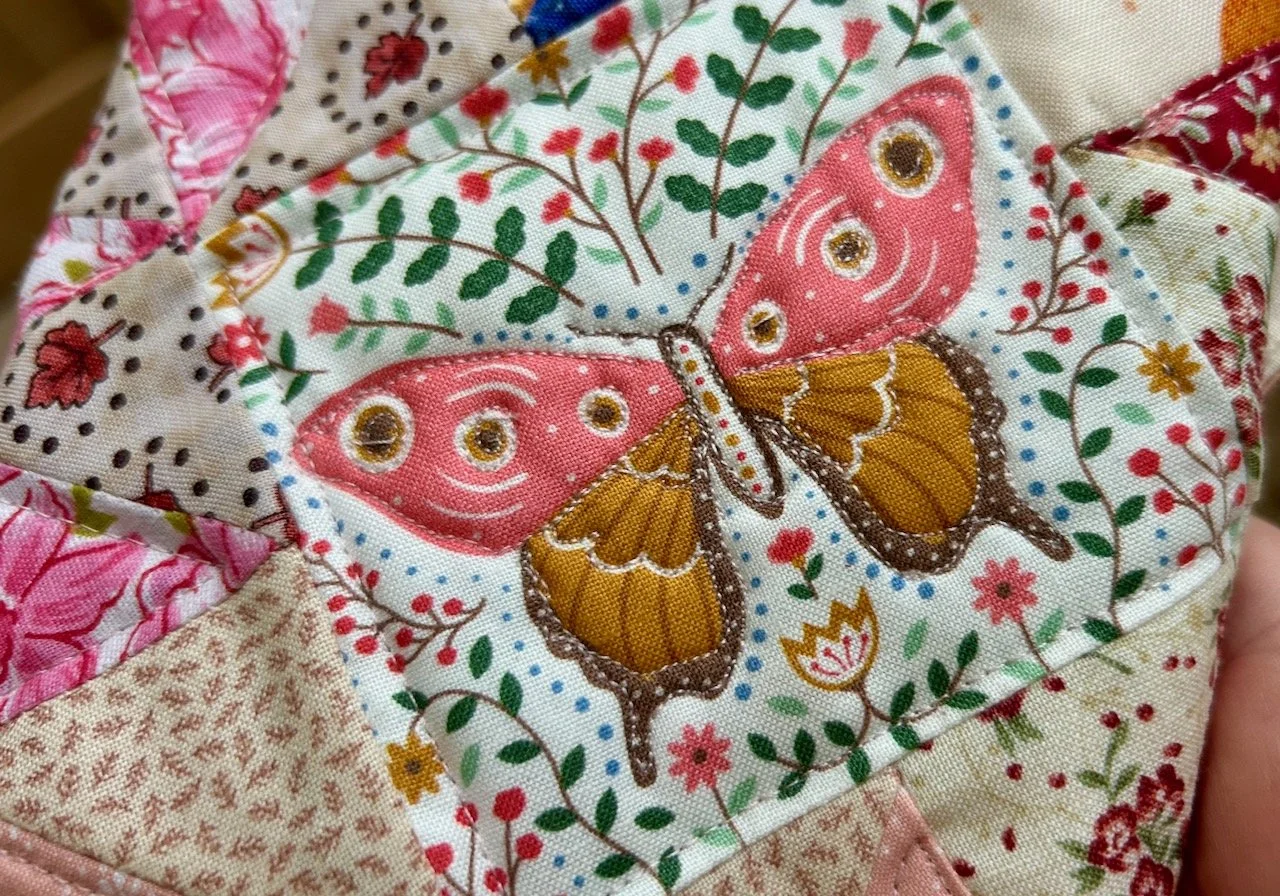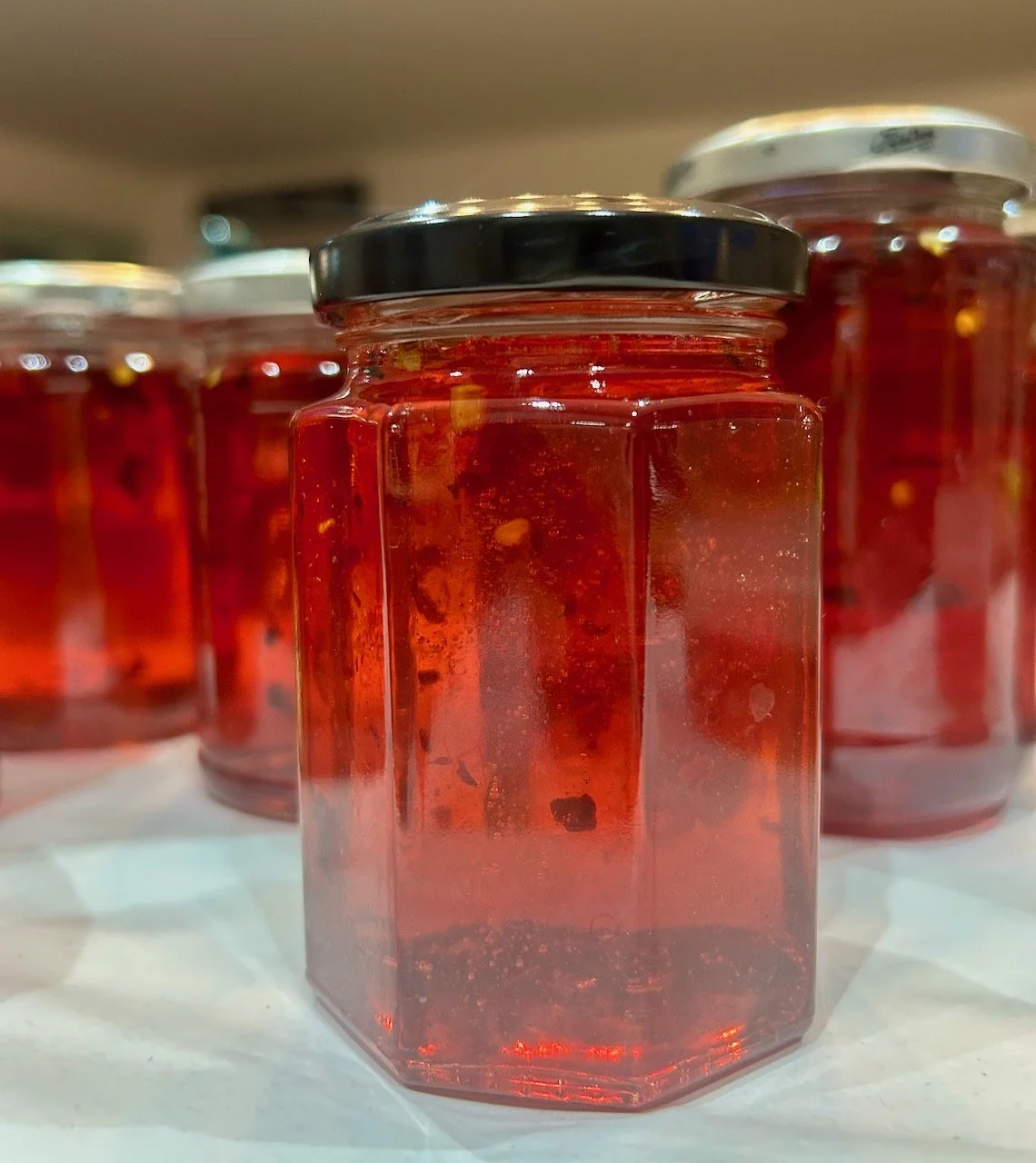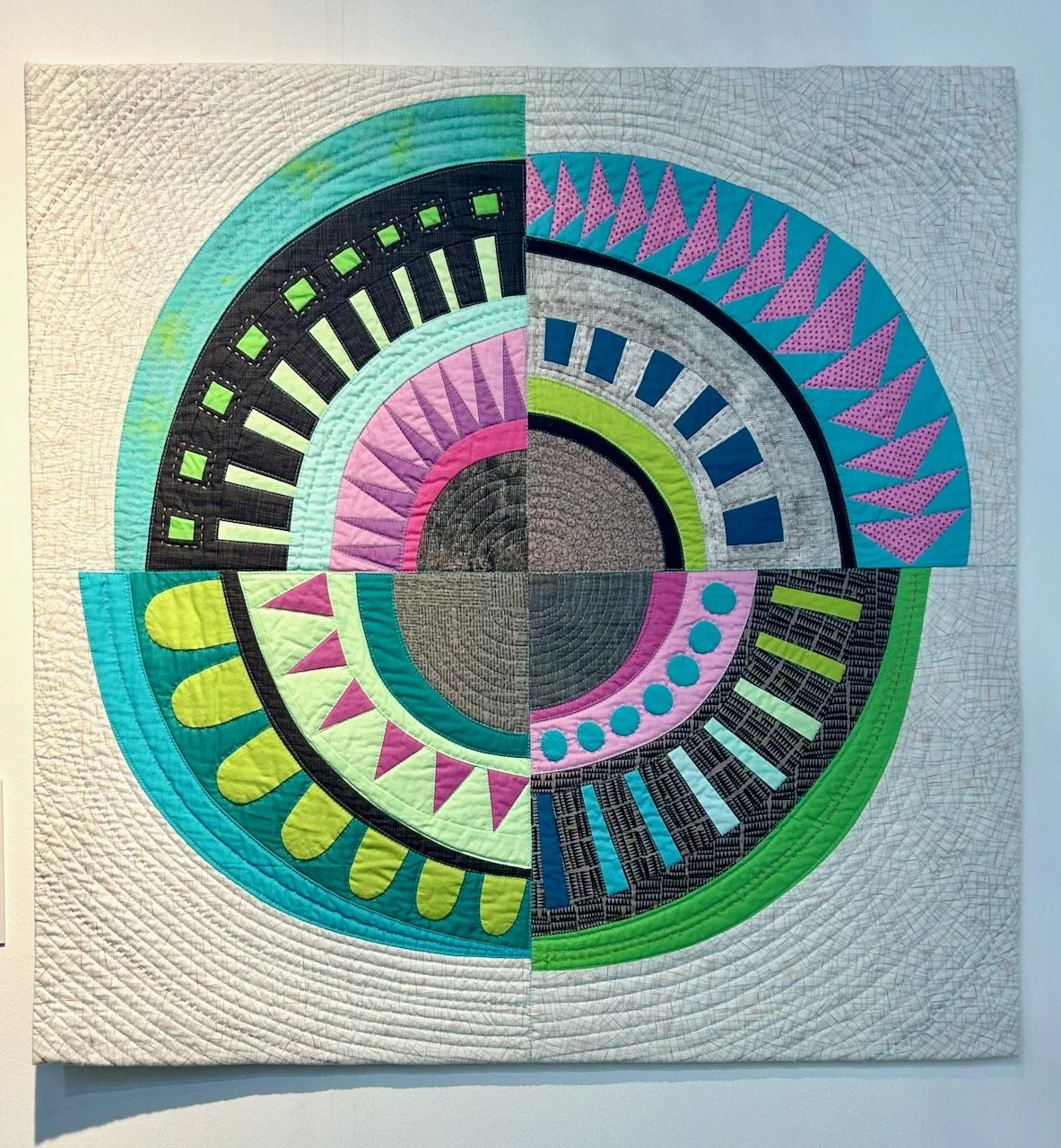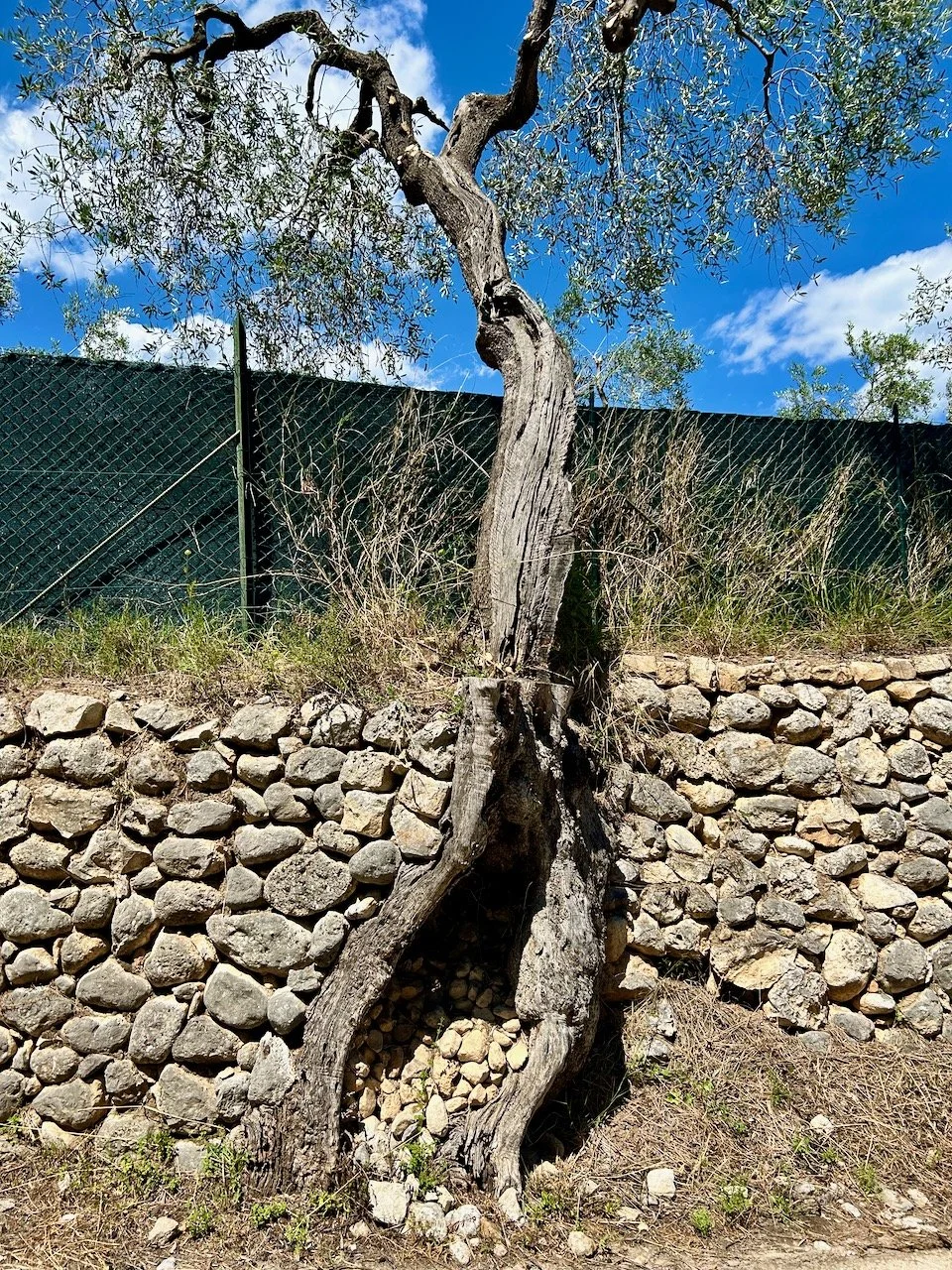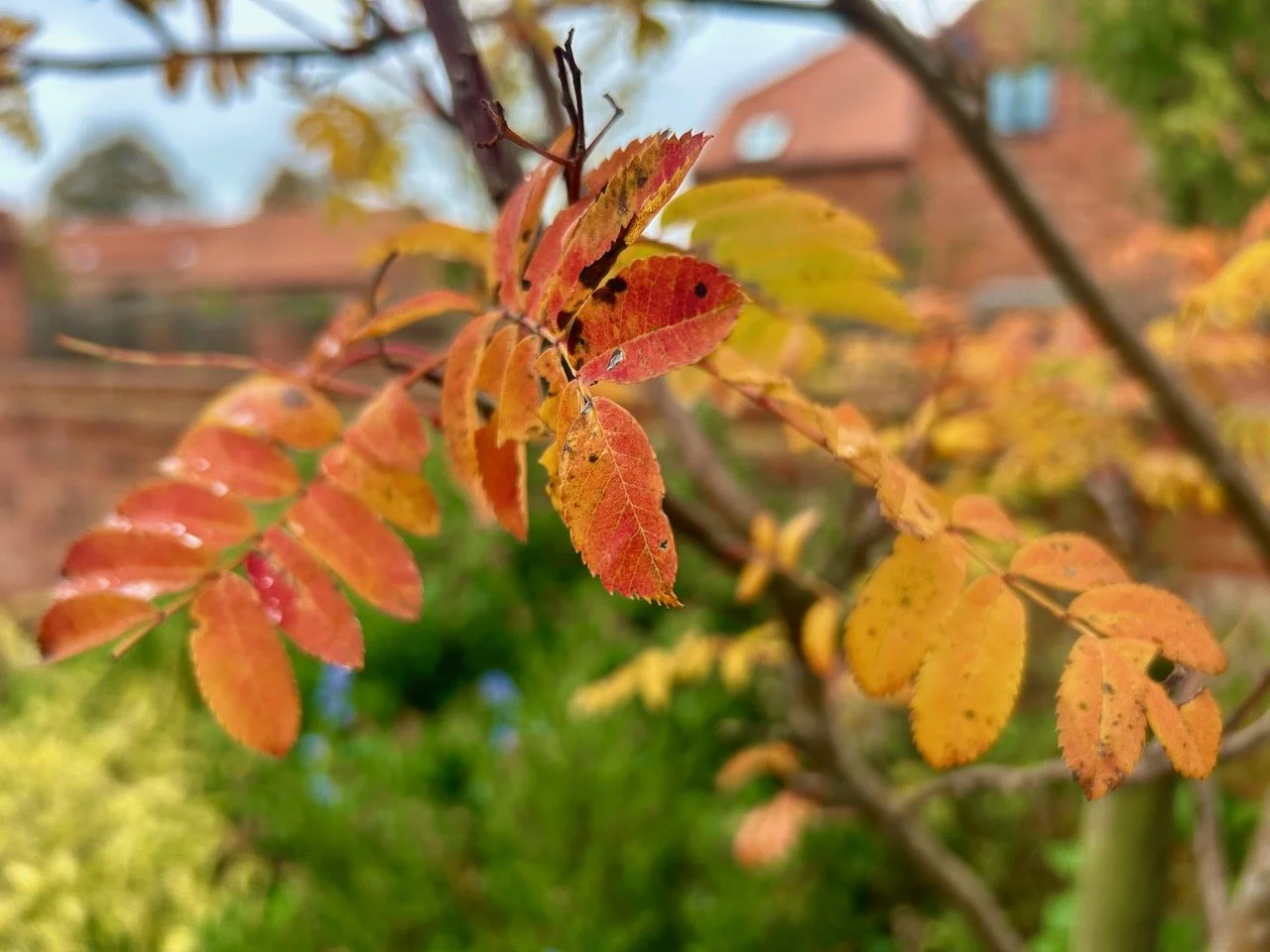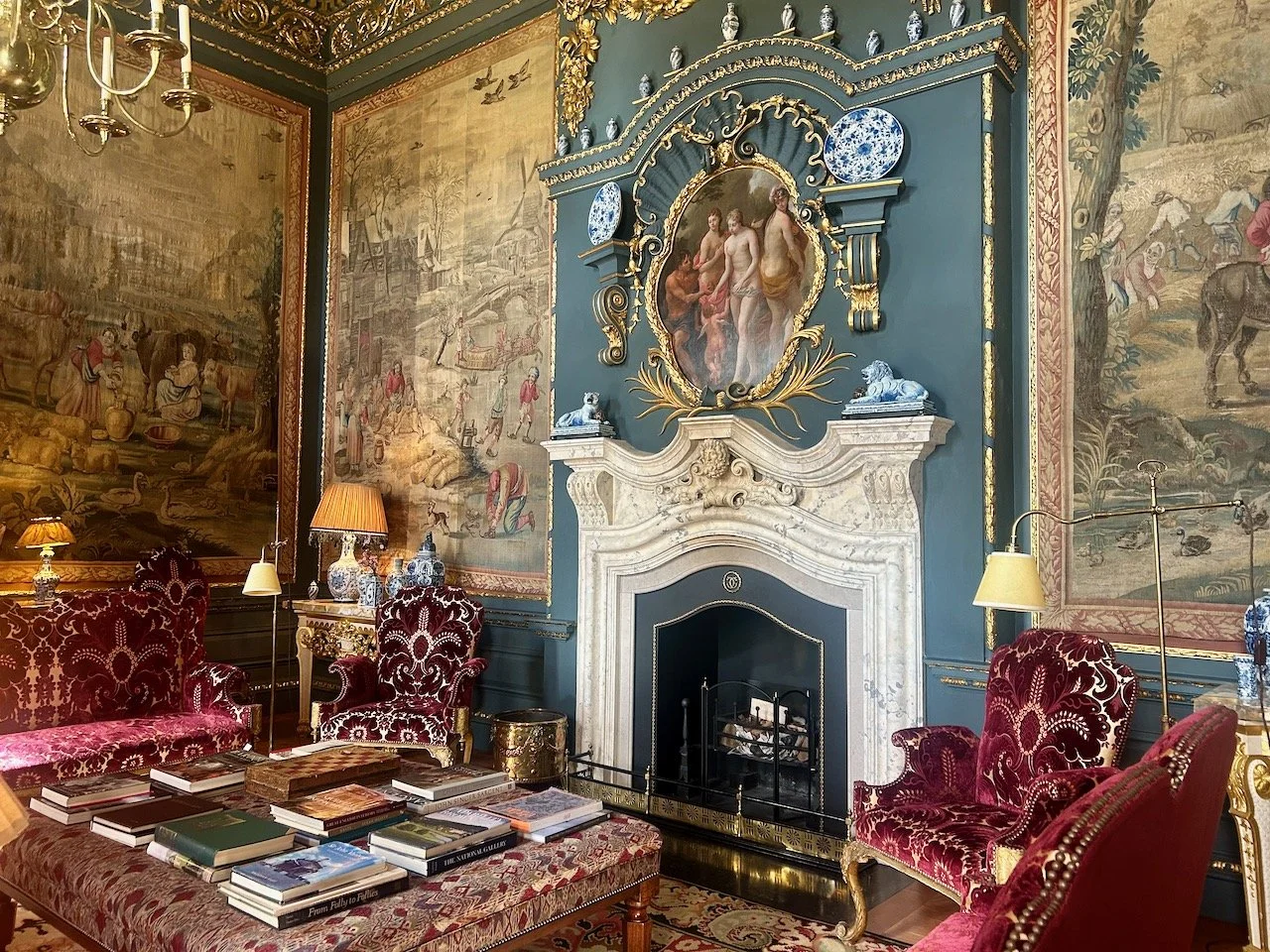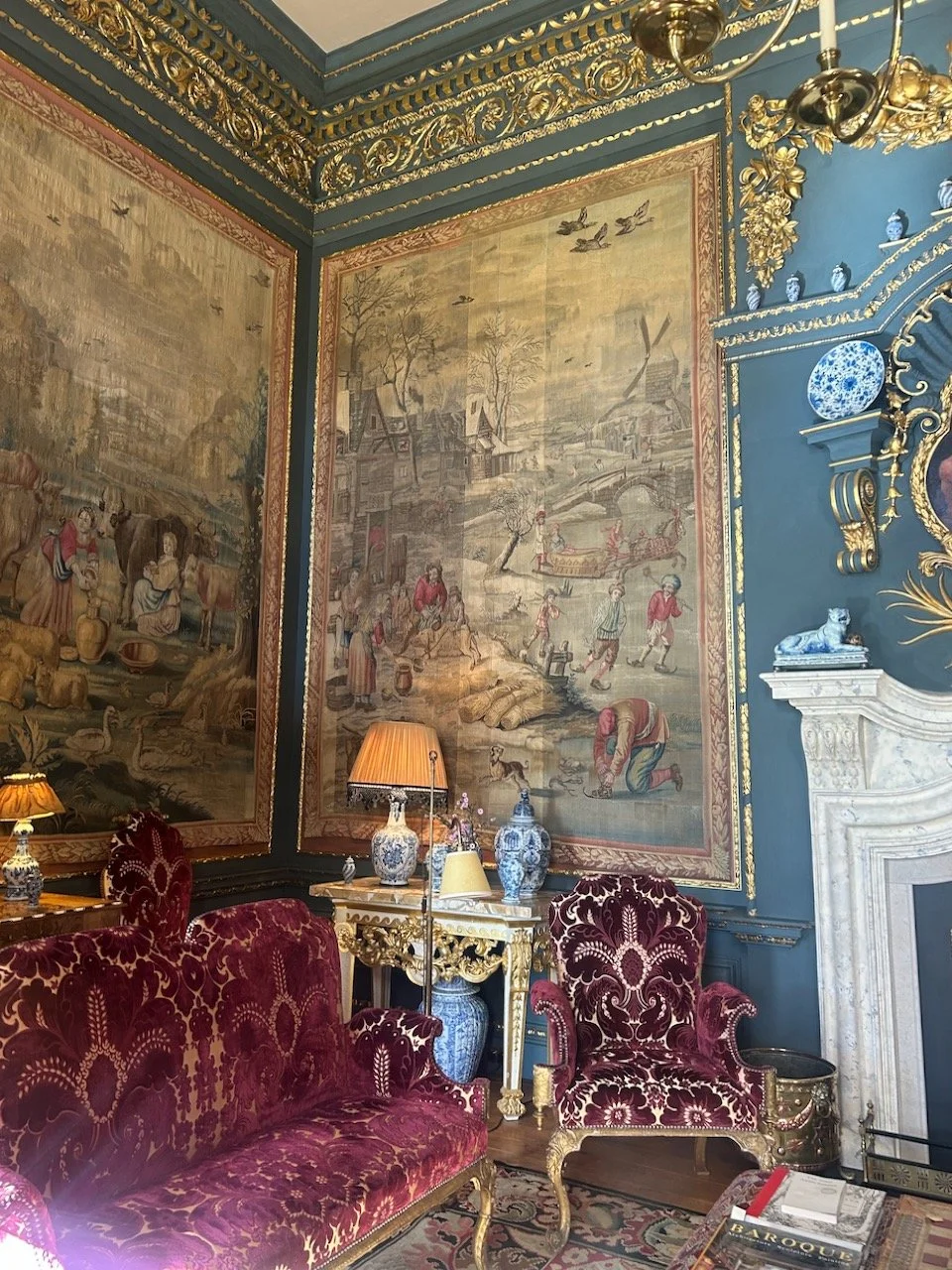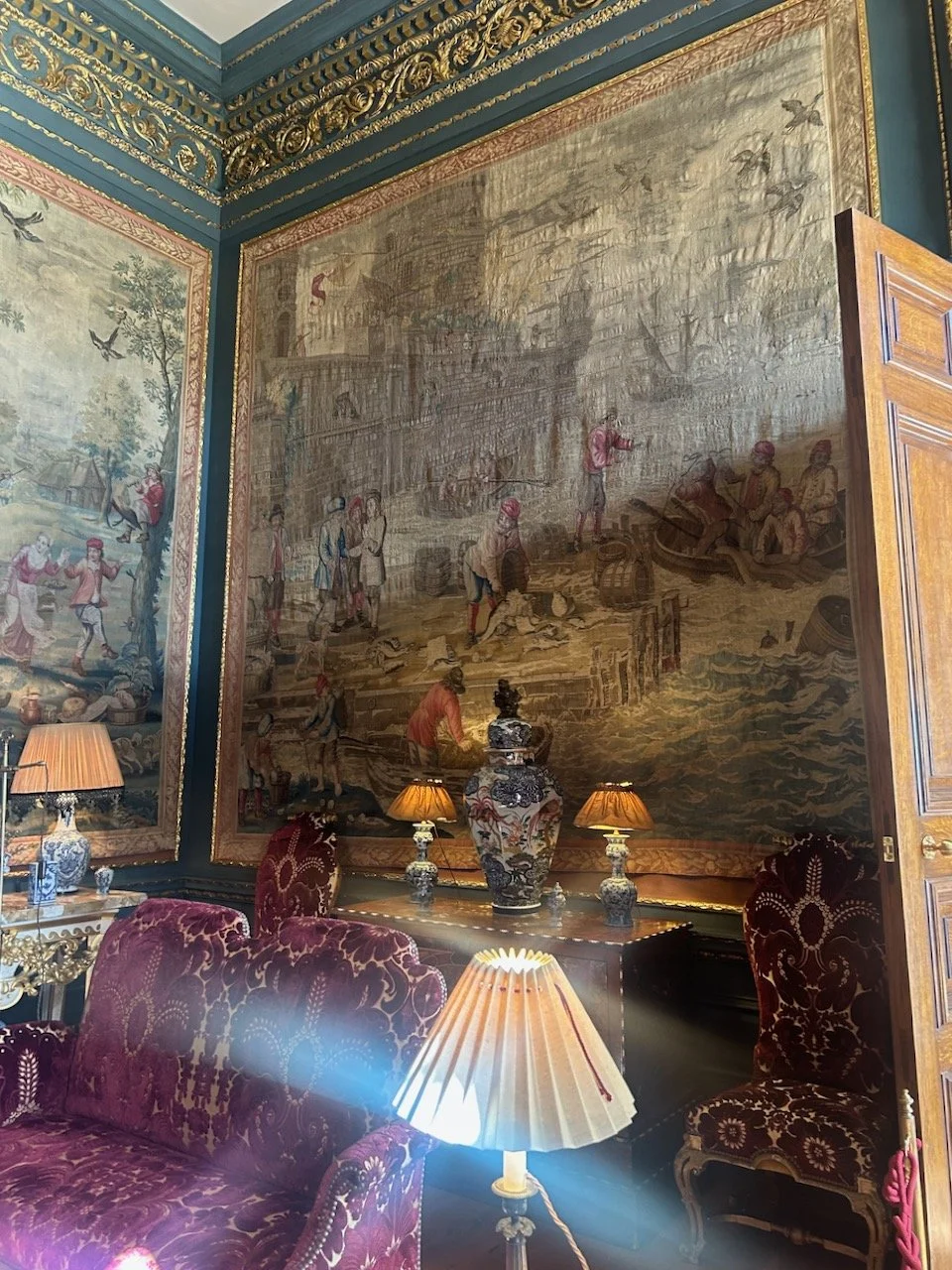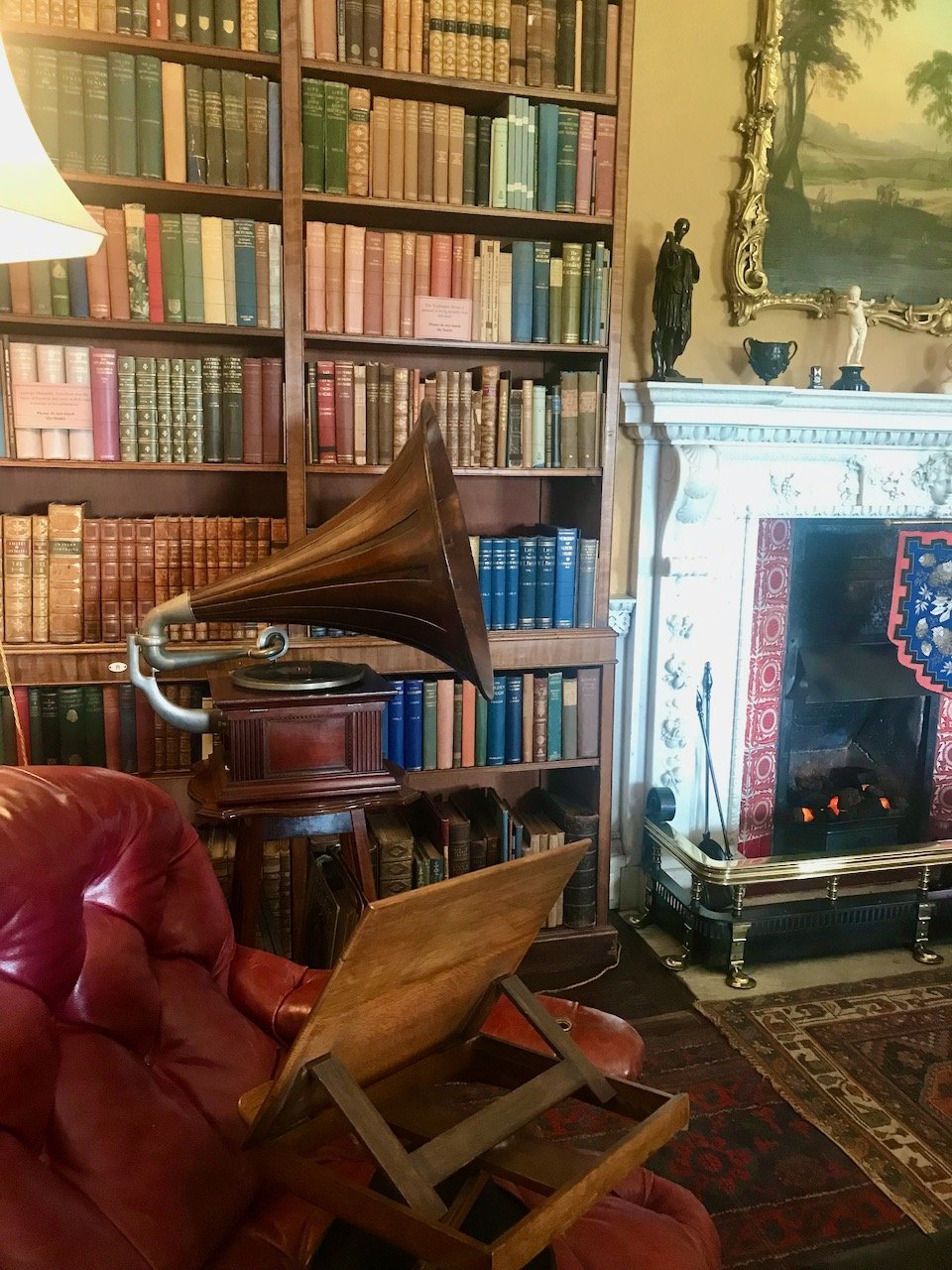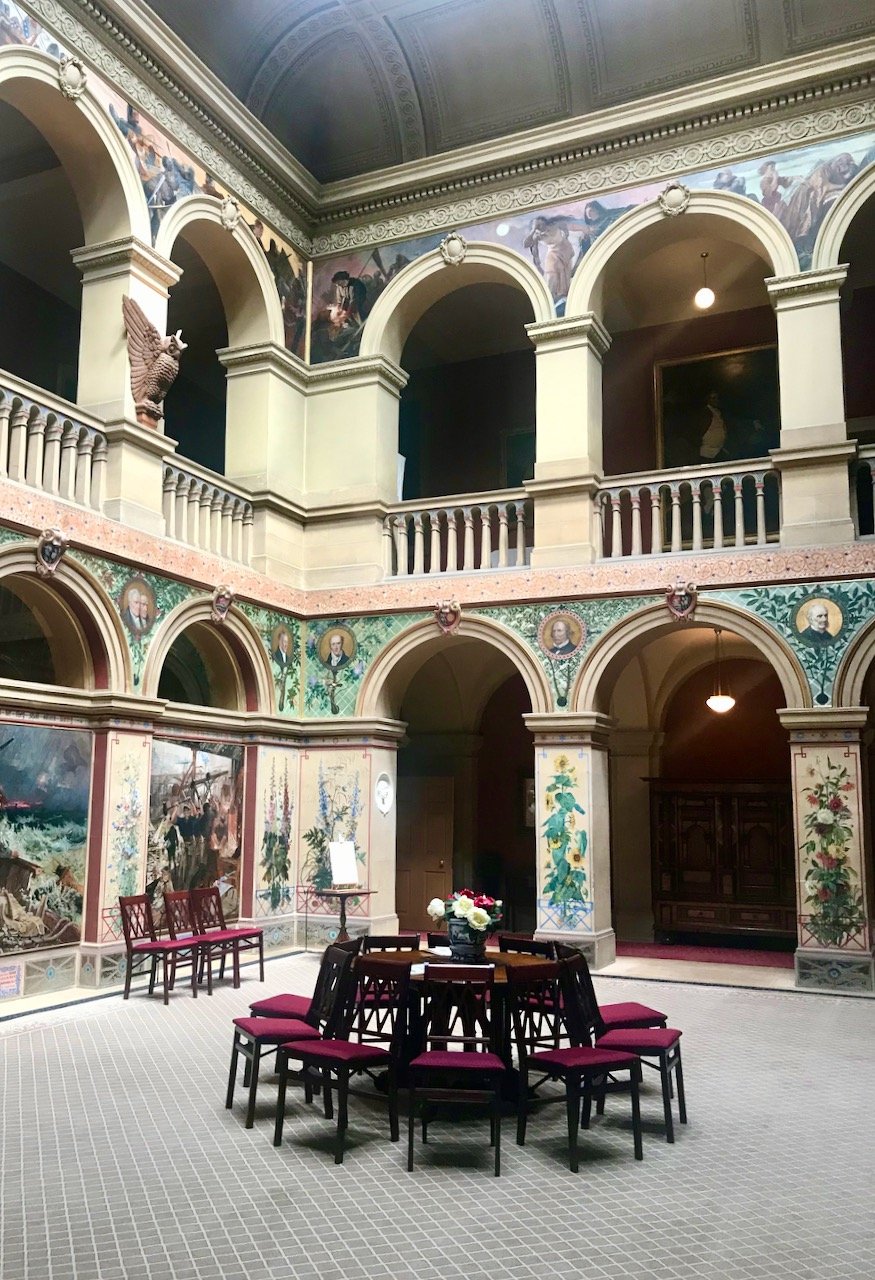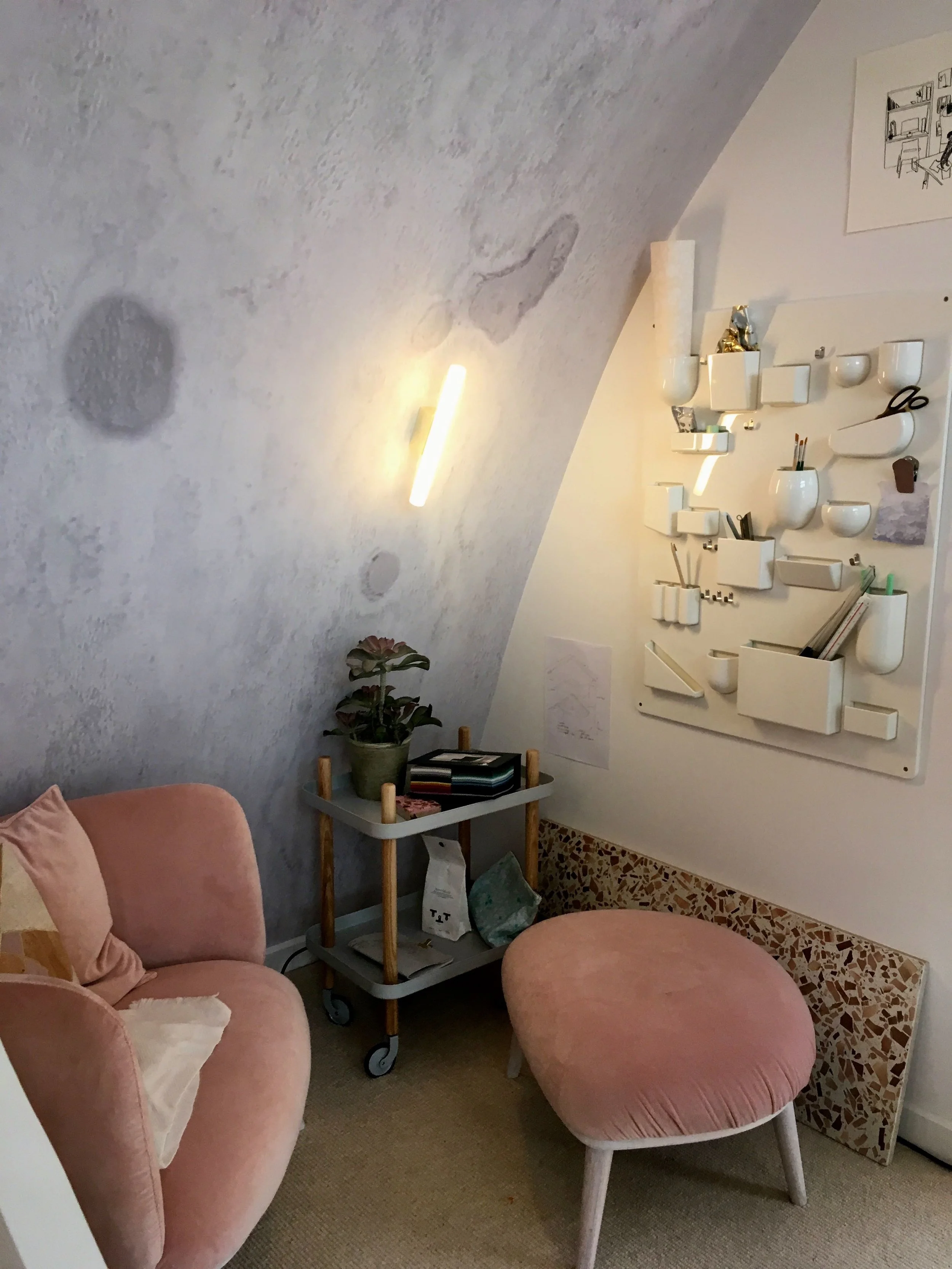I was glad we opted for the House and Gardens ticket at Castle Howard, even though we’d been debating whether to or not, but it meant we could see the newly refurbished Tapestry Drawing Room. Entry to Castle Howard is expensive - and I’m sure that the upkeep and day to day running of the estate is also expensive so it’s great that they do offer a price reduction for buying your tickets in advance online, so that’s well worth doing.
The room is breathtakingly beautiful now, but until recently it remained a shell of its former self destroyed by fire in 1940. The work to rebuild the room began in 2024 and as the blurb says is a ‘sensitive re-imagining’ of the space rather than a ‘slavish recreation’ of it.
It’s hard to believe that such a short time ago it looked like this, isn’t it?
The Four Seasons tapestries
Given that ‘tapestries’ features heavily in the name of the room, you’d expect to see them there, and they were - though luckily at the time of the fire they were hung in another part of the house, which saved them. They’d only been in this room for around 50 years, so they have come full circle with the recent project, bringing them back to the space for which they were originally created.
They were commissioned in 1706 from the London tapestry maker John Vanderbank and show rustic scenes which broadly represent the four seasons.
I’m pretty sure that the first one is Spring, the second is Winter - the river is frozen, the third Autumn - there’s harvesting in the background, and therefore the fourth could be Summer - but I could be convinced either way for the first and the last of these. When you’re passing through the room it’s hard to take all the history in and experience the room too, but the more I look at the tapestries, the more details I see.
SPRING?
WINTER
AUTUMN
SUMMER?
It’s a stunning room, and an amazing transformation and definitely worth a look first hand if you’re that way, and wondering if the ticket price is worth it.
Now if only I could work out which is Spring and which is Summer!

